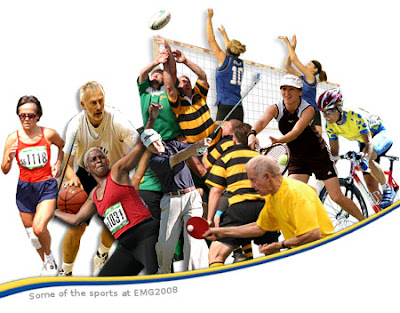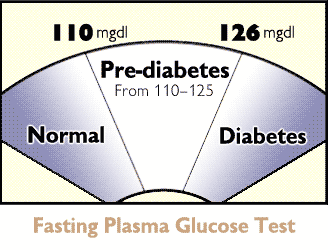
Diabetic athletes who are used to compete in sport events, such as a triathlons, volley ball, tennis, a professional football, and other sports, need to managed their blood glucose level very carefully. Because with a proper control and some basic routines to manage the disease, athletes with diabetes can compete at the same intensity as a non-diabetic athletes.
New insulin pumps and blood glucose monitoring devices make it easier for athletes to monitor their response to exercise. While diabetes can be managed, there are risks that require planning for training or competition. It is important for a diabetic athletes to always consulting the disease with their doctor before starting an exercise program, so a complete risk assessment can be performed and a safe training and competition schedule can be designed.
What Is Diabetes?
Diabetes is a disease caused by a deficiency (Type I) or a malfunctioning (Type II) of insulin (a hormone produced by the pancreas). Without insulin, glucose cannot enter cells and stays in the bloodsteam. Type I diabetes is treated with insulin injections that help make cells receptive to glucose. Type II Diabetes can be controlled with adjustments in diet and exercise.
Exercise and Diabetics
Because exercise lowers the blood sugar levels and helps improve the body's use of insulin, an athlete often needs to reduce the insulin dose before exercise. Exercise also increases the blood flow to the skin and muscle tissue, and increases the amount of insulin in the blood stream and stimulates the liver to release glucose into the blood. It is important to reduce the level of glucose in the blood prior to beginning exercise.
Balancing Blood Sugar Levels
Diabetics should maintain a good balance of blood sugar (between 70 and 180 mg) during physical activity. Athletic performance is reduced if this balance is off. Too much insulin can lead to hypoglycemia and too little may cause hyperglycemia. Because some of the symptoms of the two conditions may look like normal reactions to exercise (sweating and paleness), it is important that a diabetic athlete (or a coach) is aware of the following symptoms.
Hypoglycemia
The onset of low blood sugar can be prevented by eating or drinking food high in carbohydrates. Extreme hypoglycemia may result in severe reactions such as the inability to swallow or unconsciousness. In this case, a physician or paramedic can inject glucagon, which is a hormone that releases glucose from the liver into the blood stream. After receiving glucagon, the person should soon regain consciousness.
Symptoms of low blood sugar (hypoglycemia)
* decreased physical performance
* variable mood
* paleness
* tremor
* headache
* sweat
* poor vision
* fatigue
* hunger
* dizziness
Hyperglycemia
Hyperglycaemia, or high blood sugar is a condition in which an excessive amount of glucose circulates in the blood plasma. This is generally a blood glucose level of 10+ mmol/L (180 mg/dl), but symptoms may not start to become noticeable until later numbers such as 15-20+ mmol/L (270-360 mg/dl) or 15.2-32.6 mmol/L. However, chronic levels exceeding 125 mg/dl can produce organ damage.
Symptoms of high blood sugar (hyperglycemia)
* sleepiness
* dry mouth
* frequent urination
* fatigue
* extreme thirst
Safety Tips for Diabetic Athletes
* Check your blood sugar levels before, after and every 20 to 30 minutes during prolonged exercise.
* If blood sugar is under 100 mg/dL, eat grams of carbohydrate before you exercise.
* If blood sugar is excessive (over 250 mg/dL for type 2 diabetes or over 200 mg/dL for type 1, postpone exercise until you bring it down.
* Know the signs of hypoglycemia and be prepared with available snacks.
* Exercise 1 to 2 hours after a meal.
* Avoid exercise at times of peak insulin activity. Morning exercise is ideal. People who have type 1 diabetes should avoid evening exercise, if possible.
* Adjust your insulin dosage, if necessary. (Follow your doctor's advice, but this usually means reducing the dose of short-acting insulin before exercise.)
* After prolonged or intense exercise, you may need extra carbohydrate foods for up to 24 hours to refill muscle starch reserves. Beware of delayed hypoglycemia.
* Drink plenty of fluids: about a pint 2 hours before exercise, and drink after exercise to replace fluids lost in sweat.
* Pay attention to your feet. Wear proper shoes and socks.
* Avoid alcohol around the time of exercise (even the night before a morning workout).
* Wear an ID band of some sort in case of emergency.
* Pay attention to your body, and become aware of your own pattern of blood-glucose response to exercise.





 Older Post
Older Post






